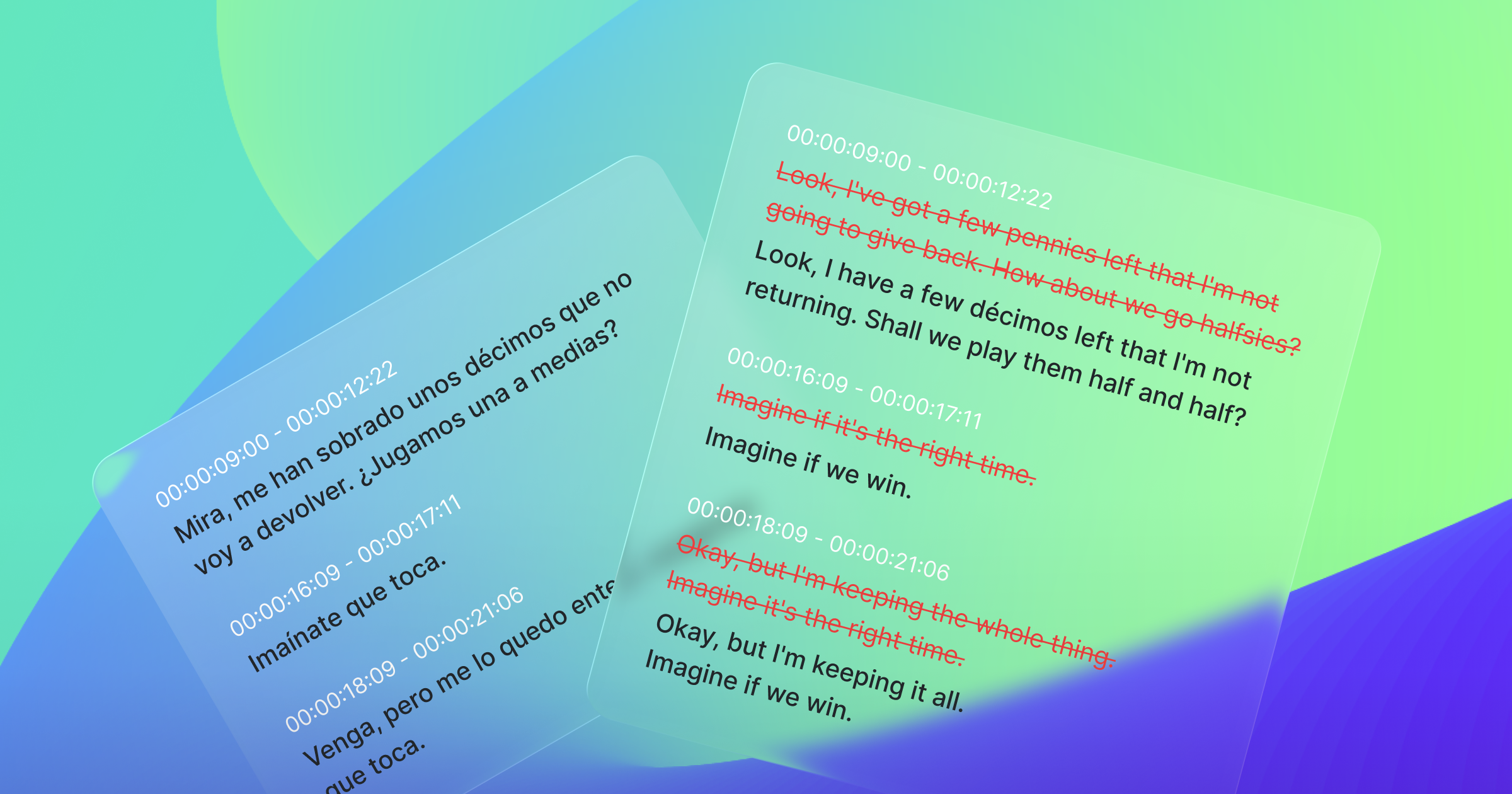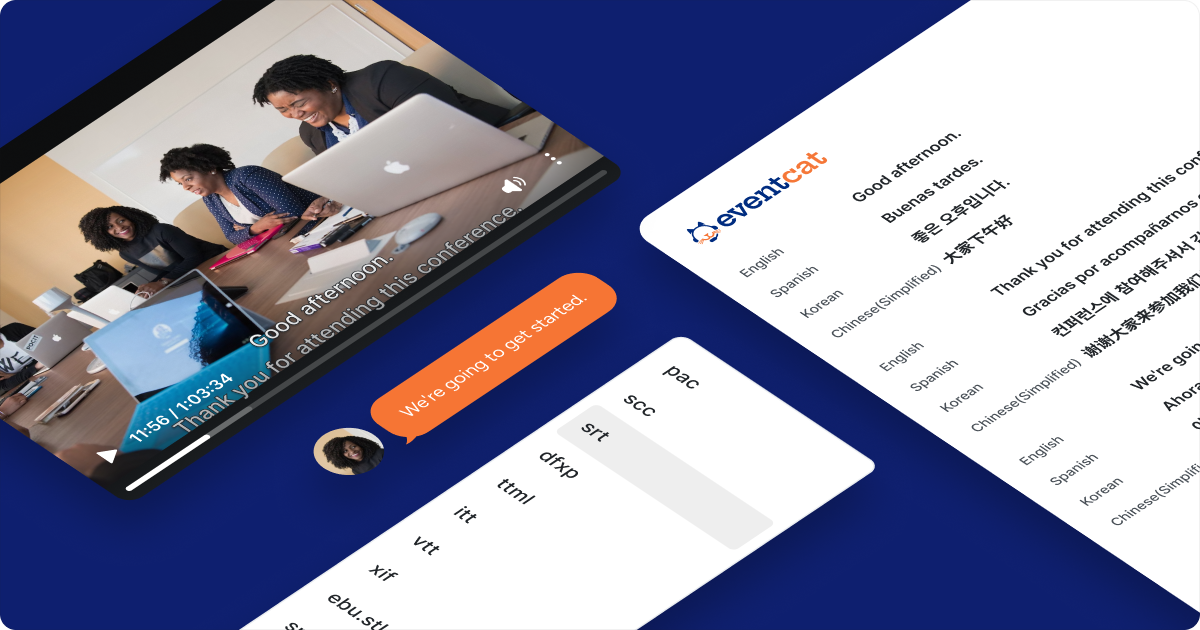The Importance of Thoughtful Language Icon Design
I work for XL8, a tech company specializing in media and entertainment localization. Our services cover multiple languages worldwide, providing APIs and a web-based UI for seamless translation technology across various domains. Additionally, we're developing B2B products for media content translation companies and offering real-time translation features in third-party apps, like Zoom.
One common challenge users face is selecting their desired language from an extensive list. Presenting the full names of languages without a thoughtful design approach can be overwhelming for users. Moreover, handling varying language name lengths poses UI construction difficulties, leading to truncation issues and aesthetic concerns. To tackle these problems, I embarked on creating language icons and have summarized my findings in this article.
Language Codes - A Practical Foundation for Icon Design

Using language codes from the international standard ISO 639-1 is a practical and developer-friendly method. Internally, we rely on these codes to handle our source and target language designation.
However, only displaying language codes can be confusing for users, especially when paired with country codes. For instance, American English (en-US) and Brazilian Portuguese (pt-BR) have different digit lengths than French (fr) or Portuguese (pt), leading to potential complications. As a result, relying on language codes alone was deemed inadequate from the outset.
ISO 639-1, maintained by the International Organization for Standardization (ISO), consists of two-letter codes used to identify major languages worldwide and is primarily utilized in software and language databases.
Flags - A Widely Used Yet Problematic Approach

Using flags to represent languages is a popular practice in various applications that handle multiple languages. Initially, I chose this approach due to its familiarity and the availability of open sources. However, during an internal demo, I received feedback that prompted me to reconsider this method.
Associating languages with specific countries can be offensive to users from other countries speaking the same language. Take Portuguese, for example, spoken in several countries with distinct cultural identities.
Portuguese serves as the official language of Portugal, Brazil, Cape Verde, Guinea-Bissau, Mozambique, Angola, São Tomé and Príncipe, East Timor, Equatorial Guinea, and Macau. Additionally, it holds cultural significance, with traditional and Creole variations present in countries such as India, Sri Lanka, Malaysia, the ABC Islands, and the Flores Islands, among others. While Portugal is the birthplace of this language, Brazil stands as the nation where it is most extensively spoken. This raises the question of which country's flag should represent this language.
Deciding on a single country's flag to represent the language could lead to misinterpretations. Countries like Canada utilize multiple languages, rendering the flag approach inadequate. India also stands as a prime example of language diversity. While Hindi and English serve as the official languages, the country boasts a staggering 424 additional languages in existence. Furthermore, within the realm of formal education, 26 indigenous languages find their use.
Despite the visual appeal and ease of recognition, using flags for language representation is inherently problematic unless directly tied to country selection

indiainpixels. Indian Census 2001
Characters of the Language - A Thoughtful and Effective Alternative

Our current approach involves designing icons based on the unique characters of each language. For instance, we use Hangul for Korean, the English alphabet for English, and Chinese characters for Chinese.
Airbnb follows a similar method, representing each language through its respective characters in the language selection UI.

Airbnb's language selection UI
Furthermore, Apple transitioned from the previously employed flag icons to this method in macOS 12.4 Monterey (May 16, 2022).

Current (left) and past (right) keyboard input sources on a Mac
While some users initially found it confusing when Apple shifted from flag icons to this method in macOS 12.4 Monterey, the advantages of character-based icons eventually prevailed.
- Flag icon missing from keyboard input selection menu
- Bringing Back Keyboard Flags in macOS 12.4 Monterey
Although this method demanded extensive research and effort during the design phase, it proved to be a safe and effective solution. Referencing Wikipedia articles on language recognition charts and ISO 639-1 codes was particularly helpful in shaping these icons.
Enhancing Language Icon Design for Optimal User Experience
Choosing language code icons offers a user-friendly way for diverse language users to recognize and interact with content in their familiar languages.
Designers should thoughtfully consider the potential pitfalls of using flags and embrace character-based icons to enhance usability without inadvertently offending users.









